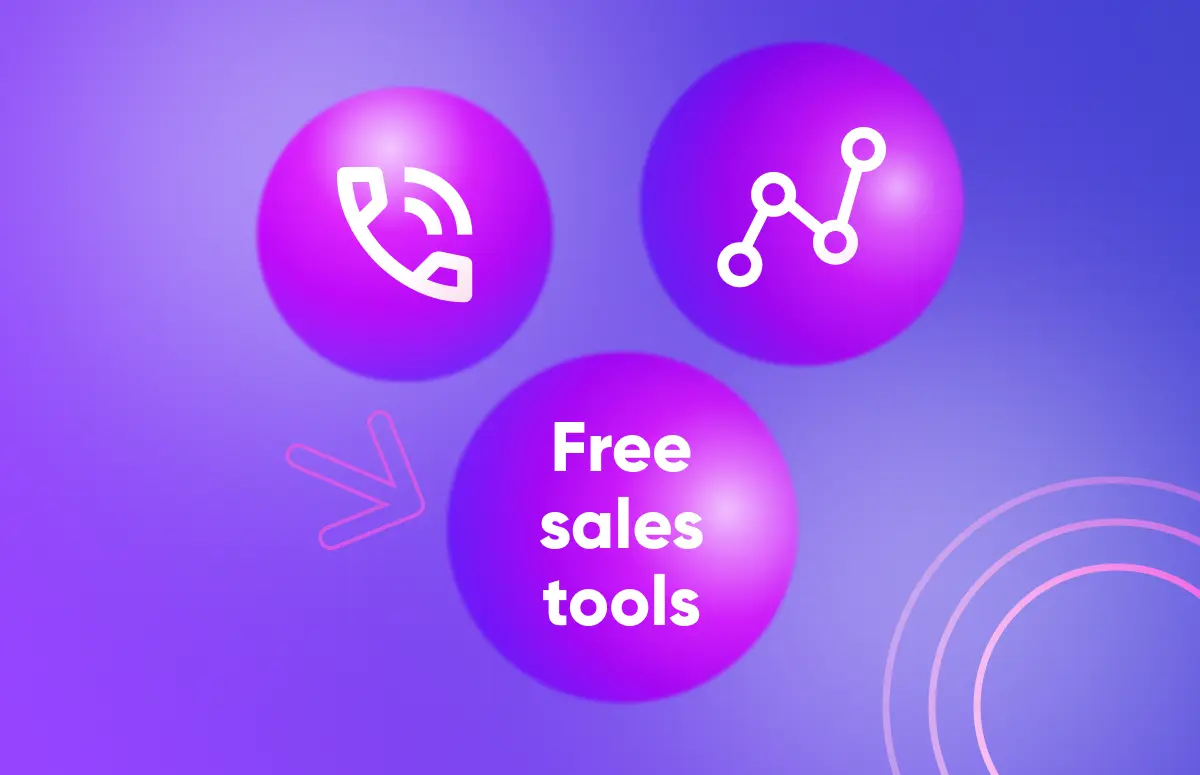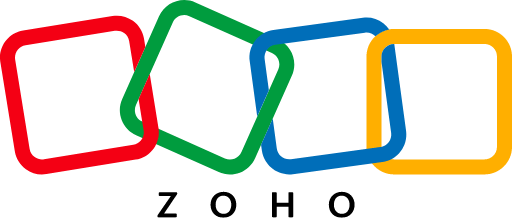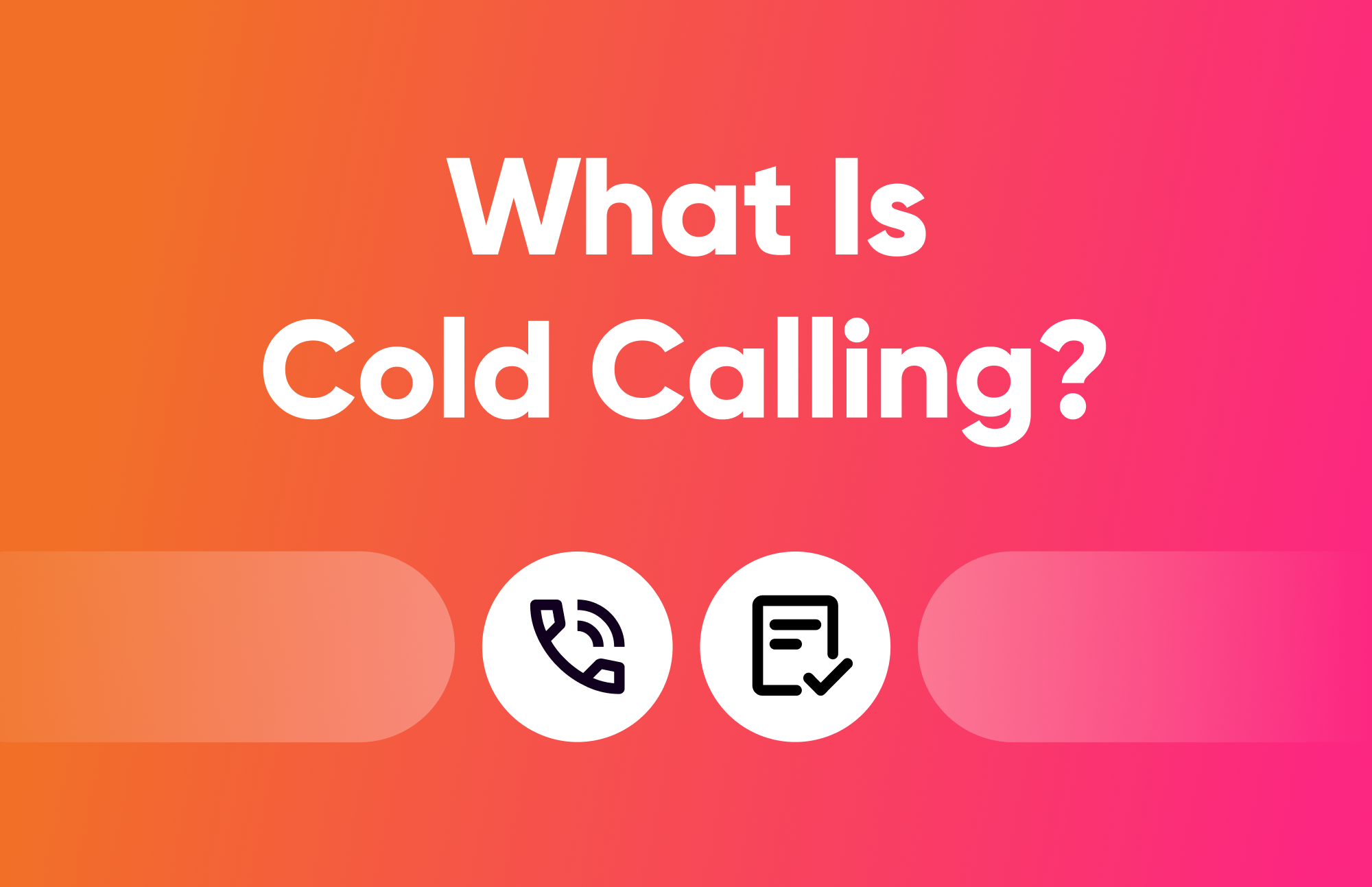
There are lots of different ways you could approach making a sale.
But with value-based selling now being key, here’s what is winning deals in 2023.
- Challenger method.
- Consultative selling.
- Solution-focused.
- Collaborative.
- Relationship building.
- Social selling.
- Insight selling.
1. Challenger method
Enter the challenger sales style. The clue is in the name. 🕵️
This sales style challenges the prospect’s current beliefs and assumptions. The idea is to encourage them to consider other solutions.
It’s all about going against the grain. This selling method sees just providing information as not enough to differentiate. Sales development representatives (SDRs) with this style guide prospects toward better outcomes.
ℹ️ Fun fact: The book “The Challenger Sale” popularized the sales style.
There are five key elements to the challenger style:
- Teach. The rep takes on an educator role and brings new insights and perspectives to the prospect. This looks like valuable industry knowledge, research, and data.
- Tailor. Sales Representatives tailor their approaches to the specific needs of the target account. They strive to understand business challenges, goals, and pain points.
- Take control. Challengers are assertive. SDRs with this style lead the conversation by asking questions and guiding people. They are fearless in challenging the status quo, and handling objections is easy.
- Rational drowning. This shows the pitfalls of the current solution. SDRs use data, case studies, and trends to show the potential negative impacts of inaction.
- Constructive tension. Challengers introduce a healthy level of tension. This adds a constructive debate to the sales process. The aim is to bring the prospect out of their comfort zone.
Data says the challenger method is an effective way of selling in a recession. One of the reasons for this is fear.
Matt Milligan, Co-founder at Uhubs, says:
“People are more driven by fear [during times of uncertainty]. Buyers are nervous because their jobs could be on the line if the buying decision goes wrong.”
“This means the stakes are higher for buyers. What the challenger method does for salespeople is help transfer confidence through education.”
It’s also important to remember that buyers aren’t taught how to buy software. Usually, purchasing software is another task added to a growing list of other tasks. This makes being the guide an important part of the challenger method.
Rory Sadler, Co-founder and CEO at trumpet, talks about this more here. 🎬
2. Consultative selling
This consultative selling style also positions the rep as a subject matter expert.
Can you see the theme here? 😉
The SDR takes on a strong advisory role. And the goal is to understand the prospect’s challenges, objectives, and pain points in-depth.
Which will lead the potential buyer to make an ✨ informed purchase decision ✨.
Uhubs recently found that product knowledge had risen as a core competency. Part of this is because it’s become much harder for salespeople to stand out at the top of the funnel.
You must have confidence in the value you bring to the prospect. This comes from a deep understanding of your product, customer and the wider industry. It’s easy to get knocked down, but with the right sales mindset, you know you’re here to help, not hinder the prospect.
Matt said:
“The true subject matter experts in their domain are the ones that are managing to hit their number.”
“A deep understanding of your product and value prop helps you be confident on calls. Because you understand the value your solution can deliver.”
The core characteristics of a consultative selling approach include:
- Active listening. What the prospect says is really listened to. The sales rep can ask probing questions to find underlying issues. 💡 Tip: In your conversions, let it flow naturally. Stop thinking about the next question and start listening to what the prospect is saying to give a more valuable response.
- Needs assessment. There’s an in-depth information-gathering process. This means SDRs can propose solutions that meet the customer’s specific requirements.
- Product knowledge. You’ve got to know what you’re selling inside out. Sales Representatives that take this approach can educate the prospect on various options. They aren’t afraid to bring the elephant (competitors) into the room.
- Customization. The sales rep tailors solutions to the specific needs of the prospect. They have the knowledge to map pain points back to product features. They consult buyers on what is and isn’t needed, building trust in the process.
- Support after the sale. Consultative selling ensures the relationship doesn’t fizzle out after winning a deal. Salespeople follow up and make sure the customer remains satisfied with the solution.
This style acknowledges buyers won’t go with the first solution they can find. There’s the need to shop around and benchmark against competitors.
3. Solution-focused
Solution-based selling considers the pain points and needs of the prospect. A rep can provide products and services that best address them from here. 🏆
It crosses over a fair bit with the consultative approach, but there’s a bigger focus on:
- The value proposition. Solution selling explains to the customer how you align with their goals. And provide a competitive advantage.
- Internal collaboration. Reps that opt for this style align with their company’s technical and product teams. There is two-way communication between both sides.
- Delivering results for the customer. There’s a zoomed-in focus on hitting minimum targets set by the customer. This could look like service level agreements (SLAs) and mutual action plans outlining what’s required on both sides to succeed.
‘Spin selling’ is a crucial technique for this style.
Reps that do solution-based selling can multi-thread stakeholders with ease. They understand how to make their value pitch relevant to different roles.
Here’s an example of what this could look like for a CEO. 👇

4. Collaborative
Collaboration is more of a sales technique than style. But it takes on the themes of partnership selling.
Sales reps build a collaborate with their potential customers throughout the sales funnel.
AKA, being the guide. 👀
This looks like:
- Open communication.
- Co-creation of solutions.
- Shared goals and objectives.
- Problem-solving focus.
- Long-term relationship building.
5. Relationship building
Value-based selling today is about building lasting relationships. 🤝
Who are you going to trust more:
👍 Someone who tries to make a genuine connection human connection with you.
Or
👎 Someone who just seems interested in selling you something.
Think about it: many B2B deals go beyond a single transaction. SDRs must lay the foundations for customer loyalty, repeat business, and referrals.
And this needs to be done from the get-go. Will Aitken puts it perfectly in this LinkedIn post.
Sales cycles are extending and budgets have been shrinking. The reps that are winning are taking the time to build relationships. You’ll also be top of mind when the time is right; data from Gong has shown that reasoning why you’re reaching out early can increase success rates by 2.1x.
6. Social selling
This is definitely the next big thing for salespeople. Social selling isn’t a style but one of the most effective sales techniques.
And it compliments the winning sales styles we’ve already mentioned.
Platforms like LinkedIn, Twitter, Facebook, Instagram, and TikTok help sales connect with prospects.
So why are more reps upping their social selling? Well:
- You can build an online presence.
- LinkedIn or Sales Navigator are great for prospecting and lead generation.
- Engage with prospects and strike up a relationship.
- Content creation and curation.
- Personalized outreach.
- Tracking and analytics in line with other sales activities.
Matt says:
“We’re seeing a lot of top reps doubling down on their own personal content strategy. Carving niches out in this way helps prospects see them as a trusted expert in their space.”
“This means when it comes to engaging in a deal, the prospect has already been following the rep’s content for weeks or months. There’s already pre-existing status, trust, and credibility.”
7. Insight selling
Insight selling provides prospects with unique and valuable insights. The rep helps to uncover new perspectives and challenges that may be less obvious.
Insightful selling triggers new thoughts. 💭
Key characteristics include:
- A deep understanding of your ideal customer profile (ICP).
- Sharing relevant information like potential risks or opportunities.
- Sharing the most relevant and impactful info for the prospect’s situation.
- Creating “Aha” moments to help see the value and benefits of a solution.
- Acting as a trusted guide.
- Working together on decision-making.
Types of selling to avoid
So we’ve looked at what you should be doing; let’s look at sales styles and techniques to avoid.
Unless you want to hit zero quota. 👀
These are best left in 1990 or whenever they’re from.
Aggressive
Assertiveness, persistence, and the pursuit of sales goals characterize an aggressive sales style.
This type of selling often leads customers to see salespeople as pushy.
Not something you want. 🙅
Aside from being intrusive, one of the biggest pitfalls of this style is that it doesn’t put the buyer’s needs first. The rep drives for a sale, and that’s it. It’s different from the challenger style, where you still want to educate and be the guide.
Transactional
Transactional selling is best left in retail and other B2C settings. 💯
This style focuses on completing individual sales transactions. It involves a shorter sales cycle because the products or services sold are low-cost.
It also:
- Places the emphasis on the product, not the customer.
- Has limited relationship building.
- Features low customer engagement.
- Has limited sales support and follow-up.
This style isn’t for the B2B game now, where the products and sales cycles are much more complex.
“Spray and pray”
This outdated tactic involves casting a wide net and hoping you catch something. 🎣
Reps send out generic messages and emails on mass and pray for a reply. But let’s be honest, you’ll never catch a bite using this now.
It’s all too often still used today… 👇

FAQ
We’ve answered some of the most popular questions about sales styles below. ❓
What are the pros and cons of different sales styles?
Challenger selling
Pros:
- Challenges the status quo and provokes new insights.
- Positions the salesperson as a guide and thought leader.
- Differentiates the rep and their offering from competitors.
- Drives engagement and stimulates valuable discussions.
Cons:
- You need strong industry knowledge.
- You need to execute it well so it’s not seen as aggressive selling.
- The salesperson needs to know when to use it; it’s not suited to all prospects.
Consultative Selling
Pros:
- Builds trust and credibility with buyers and positions rep as a guide.
- Focuses on needs and pain points to tailor solutions.
- Supports long-term customer relationships and repeat business.
- Opportunities for upselling and cross-selling due to deep customer understanding.
Cons:
- A lot of time and effort goes into analyzing customer needs.
- In-depth product and industry knowledge needed to consult prospects.
Relationship Selling
Pros:
- Builds strong, long-term relationships with customers.
- Promotes repeat business, referrals, and evangelism.
- Deep understanding of your ICP’s needs.
Cons:
- The huge time investment to build the relationships.
- Might be less effective in competitive markets with frequent customer turnover.
- Can be challenging if based on personal rapport rather than business value.
How do you choose the right sales style for your business?
Choosing the right sales style for your business involves considering these factors:
- Your ICP.
- Your product or service.
- The sales cycle.
- Strengths and weaknesses of people within your sales team.
- Brand image.
What sales skills are necessary for success?
These are the top 11 sales skills every rep needs to succeed. 👇
- Communication skills. This includes active listening, putting across ideas, and building rapport.
- Relationship building. Vital for the long-term partnerships needed in this B2B landscape.
- Product knowledge. You’ve got to know about the features, benefits, competitive advantages, and integrations.
- Persuasion and influencing. You need to understand the psychology of persuasion. This means being able to make compelling arguments and respond to objections.
- Problem-solving. You’ve got to analyze needs, identify pain points, and offer customized solutions.
- Negotiation skills. An understanding of negotiation tactics, setting objectives, and finding win-win scenarios.
- Time management and organization. Sales professionals often handle many accounts and tasks all at once.
- Resilience and persistence. Much of sales is about mindset; you’ll face rejection, so you need to know how to bounce back.
- Adaptability. Things change fast! SDRs need to think on their feet and be able to adjust their approaches.
- Emotional intelligence. Salespeople understand other humans. Emotional intelligence is important to empathize with customers and know which sales styles are right for who.
- Coachability. One of the more important for SDR career progression. You’ve got to be able to take constructive criticism from peers.
How do you develop your sales skills?
Learning never stops in sales. Here are some core strategies to keep progressing your skills.
- Read sales books and listen to podcasts. Check out “The Challenger Sale”.
- Find a mentor or coach. This could be within your organization or someone outside of work. They’ll be able to give you guidance on effective selling techniques.
- Practice roleplay with your peers. Perfect for refining your sales approach.
- Listen to customer conversations. This will open your eyes to key challenges and pain points.
- Embrace feedback from your manager, mentors, and customers. You’ve gotta be able to take it on board to improve.
- Sit on customer calls with successful salespeople. Find out what works for them and if you could incorporate it into your sales style.
- Push the boundaries. Try new sales channels and experiment with your sales styles.
Accurate European contact data
Get accurate data for your prospects and connect with your favorite sales tool






![15 Best Sales Cadence Software For 2025 [Compared]-festured-image](https://6052405.fs1.hubspotusercontent-na1.net/hubfs/6052405/2023%20-%20Blog/EN%20SEO%20blogs%20%28Clusters%29%20%5B%2B%20FR%2c%20ES%20and%20DE%20variations%5D/Outbound%20sales%20%28cluster%29/Sales%20cadence%20software/EN_sales-cadence-software-card.png)
